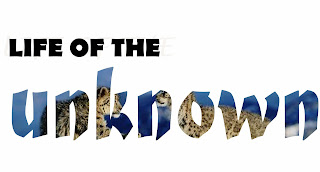The Threat in the Snow
The Threat in the Snow
In the Snow resides the wild. A largest cat native to the mountain ranges of Central andSouth Asia. The snow leopard, known for its beautiful, thick fur, has a white, yellowish or soft gray coat with ringed spots of black on brown. The markings help camouflage it from prey.
The Facts of the Wild Snow leopard :
1.Snow leopards live in harsh, snowy, rugged alpineregions in central and south Asia. They can be foundat elevations between 3,000 to 4,500 metres.
2.Adults are solitary and only interact with other leopards during the breeding season.
3.These big cats have enormous furry paws, which act as snowshoes by spreading their body weight more evenly across the snow. They also help muffle the sound of their movement and protect their toes from the biting cold.
4.Their long, thick tails are used as a balancing aid when chasing prey.Snow leopard walking down a snow covered slope in Hemas National Park, Ladakh, India
5.A snow leopard’s nose is well adapted to deal with the cold - a short but wide nasal cavity heats the freezing air prior to it reaching the lungs.
6.These cats are able to jump as far as 15m and can take down prey three times their weight.
7.Unlike most other felines, snow leopards are unable to roar because they have different, less developed vocal chords than other leopards and big cats.Snow leopard in Tibet
8.Because they are such elusive creatures people living within their range and studying them often refer to them as the ‘ghosts of the mountains’.
9.There are only about 6000 individuals left in the wild. Snow leopard numbers have declined by 20 percent in the last 20 years due to to poaching and habitat loss.











Comments